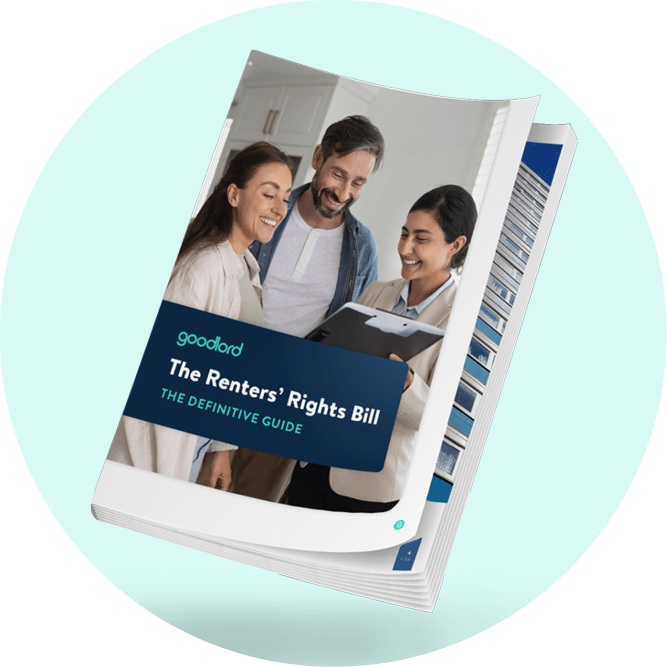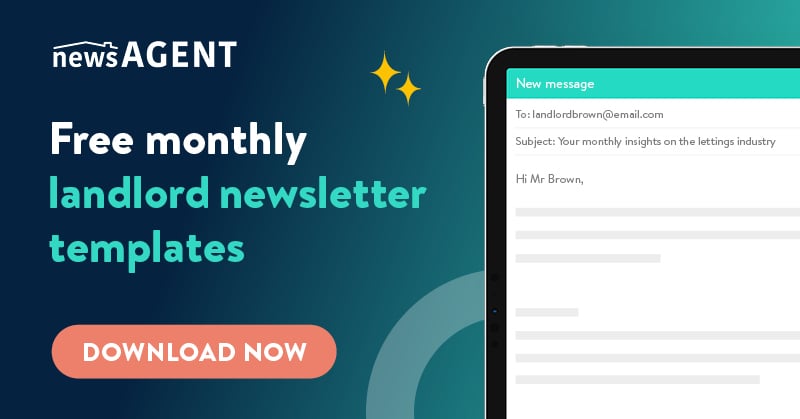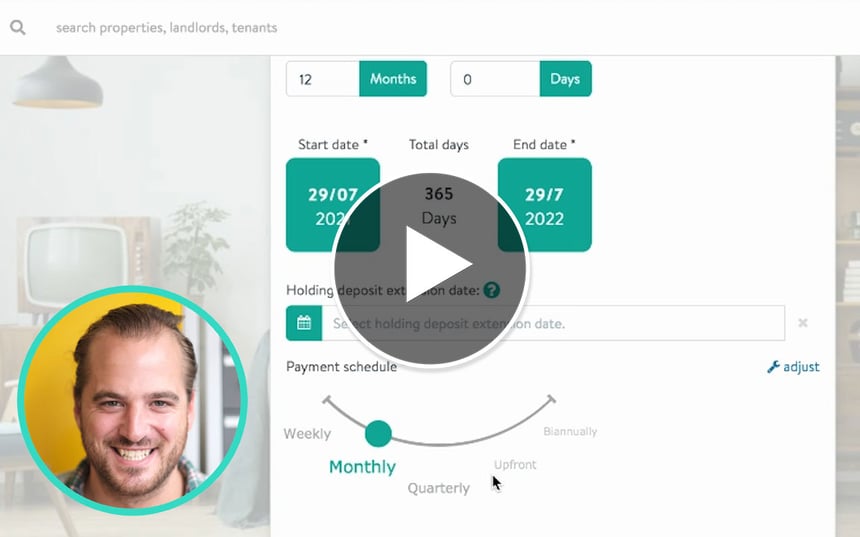Your guide to the Rental Mediation Service [blog + infosheet]
The mediation pilot, announced in February 2021 as part of the court process for housing possession cases, has now closed. Here are the key details that you and your landlords should know.
In February 2021, Housing Secretary Robert Jenrick announced a new mediation pilot in England and Wales, free to landlords and tenants and supporting the current court process for housing possession cases. This pilot has now closed, with the government proposing alternative solutions, such as "TDS Resolution, PRS Mediation Service and Resolve by Flatfair, which specialise in resolving disputes in the private rented sector which you may wish to consider".
Why was the Rental Mediation Service set up?
The aim of the mediation pilot was to help landlords and tenants reach an "acceptable resolution." It will also help the parties avoid fees and expenses that come with court hearings, and reach a resolution more quickly.
This new step in the possession process was created in line with the government's goal to find "new court arrangements to support all parties in response to coronavirus (COVID-19)" and will help mitigate "the risk of tenants becoming homeless and helping to sustain tenancies where possible".
When could mediation take place?
Before any court hearing, the court will list the possession case for review. The tenant then had the chance to "access free legal advice'' at this point and both tenants and landlords should raise their potential interest in the mediation process on the day of the review.
The case would then have been recommended for mediation if no agreement was reached at the review stage; if both the landlord and tenant agreed to go through with the mediation process; and if the case was "deemed suitable".
How did it work?
The Society of Mediators would contact the tenant and landlord separately by phone within two days of the review, to organise the mediation - they'd have no direct contact with each other during the remote mediation.
The "trained, neutral mediator" would then take steps to explain how the session will work and help each side explore the options available to help everyone reach an agreement - but wouldn't force either side to reach a settlement. All conversations were confidential.
What happened after mediation?
If the issue was mediated successfully, a signed agreement, explaining the actions each party has to take, would be sent to the judge for approval and to close the case. If no resolution was found, the substantive hearing and remaining process would take place as normal. Details of the mediation wouldn't be discussed during the hearing.
This article is intended as a guide only. For full details, visit gov.uk.










